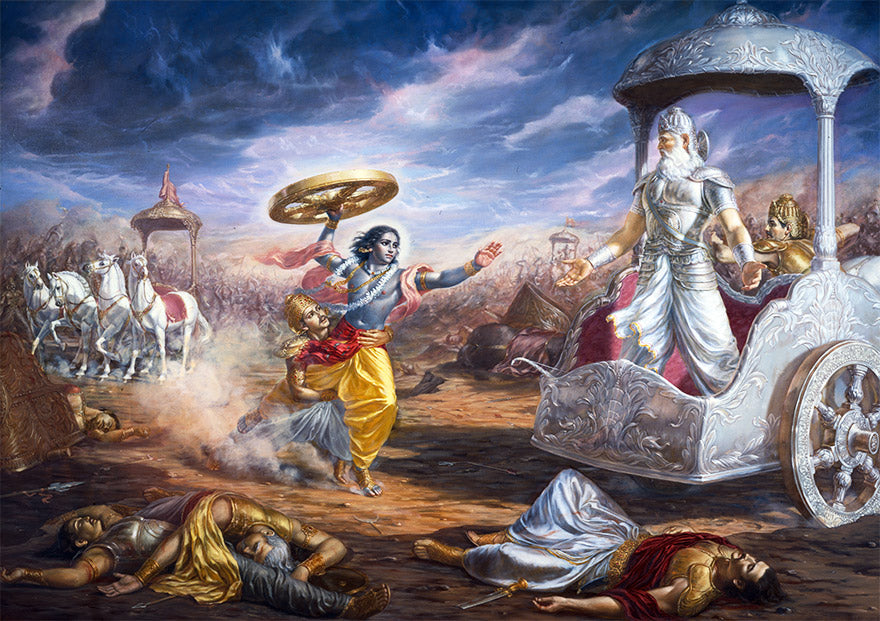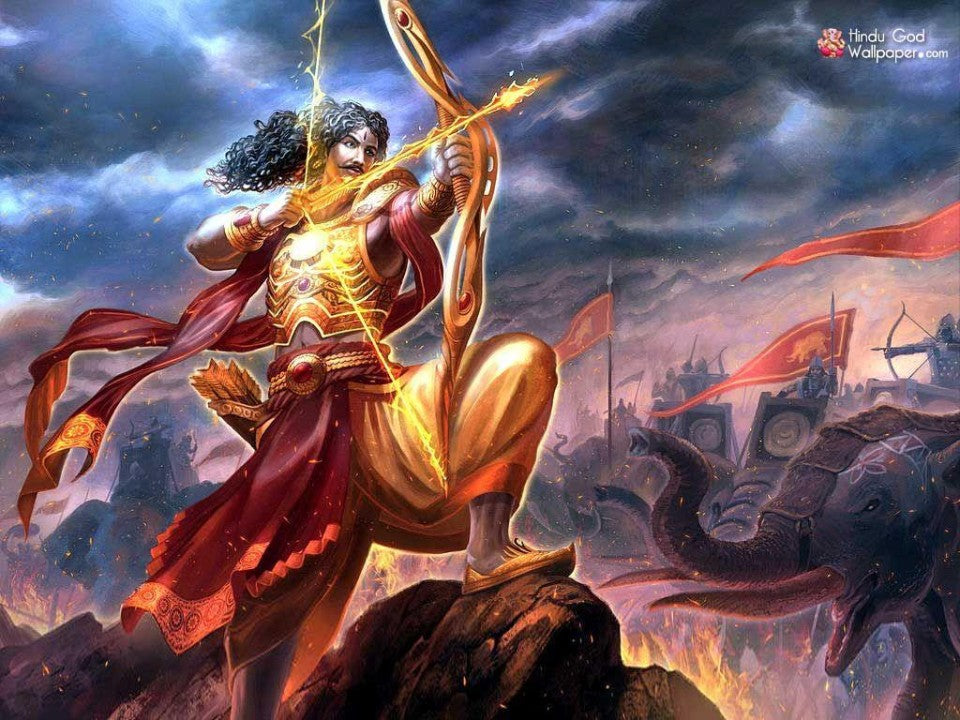
The True Guide to Life✨
Explore-
Bhagavad Gita (English Edition)
Regular price Rs. 119.00Regular price -
Bhagavad Gita (Hindi Edition)
Regular price Rs. 99.00Regular price -
Bhagavad Gita (Kannada Edition)
Regular price Rs. 119.00Regular price -
Bhagavad Gita (Tamil Edition)
Regular price Rs. 119.00Regular price





